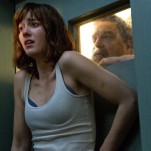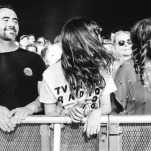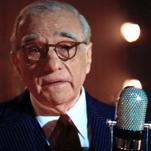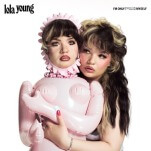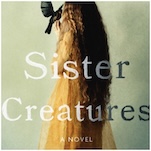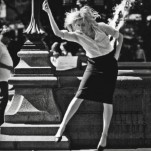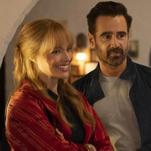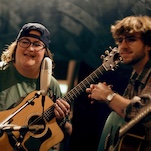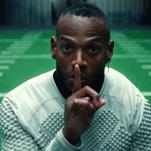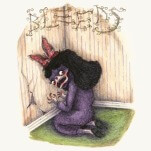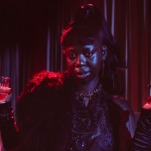The Scary of Sixty-First Is Probably Too Much For You, But That’s What Makes It Great
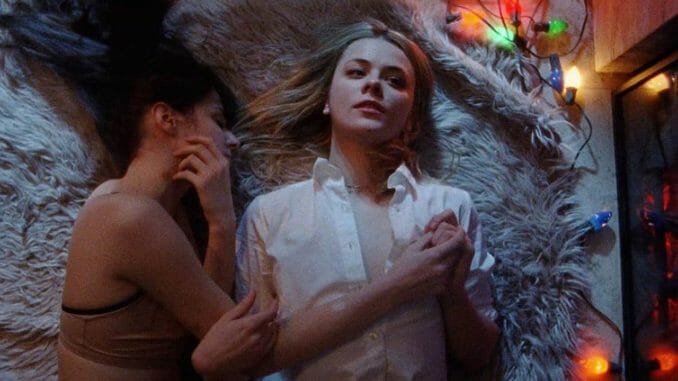
The Scary of Sixty-First isn’t for everyone. Hell, it’s not even for all horror fans. No, writer/director Dasha Nekrasova’s debut feature plays to an incredibly specific audience—one I didn’t exactly expect to be part of, at first. I’m pretty picky, I’ll admit, and while I’d been excited to see this one for some time, I’d seen a lot of divisive opinions about the film floating around and, upon the film’s first few moments, feared them to be true. The film’s weathered accusations that it ends up shallow, not to mention talk of a cluttered arrogance-meets-incompetence that doesn’t quite subvert the genre tropes it employs. I’m not surprised it’s polarizing, but I found a lot to love about the hyper-specific portrait of what lurks around New York City’s most unsuspecting corners—where the rich dwell—and it certainly ended up being for me.
The Scary of Sixty-First follows two roommates whose lives are upended after finding out that their new Manhattan apartment harbors a dark secret: It was once owned by Jeffrey Epstein. You know, the pedophile financier accused of sex trafficking minors for celebrities and politicians? The guy who died in his jail cell in 2019, leaving basically every question unanswered? Yeah, that’s where we’re going with this one. Noelle (co-writer Madeline Quinn) and Addie (Betsey Brown) move into a really nice Upper East Side pad, where shortly after, Noelle is informed by a mysterious girl (Nekrasova) who comes knocking on their door that Epstein did some “sinister” things in their space. Noelle gets taken down a rabbit hole of epic proportions in an effort to determine the truth about Epstein, while Addie seemingly falls victim to some kind of evil presence in the apartment.
Initially, I wasn’t sure I was going to be able to sit through the full runtime: The introduction of the characters—a scene where they tour their new apartment with a shifty broker—gives the impression of mumblecore Girls with little personality, so I didn’t have much hope. That said, the movie quickly settles into itself (while keeping the initial tone it sets up) and lets you know loud and clear: “I am a satire! Keep this in the forefront of your brain over the next hour and a half!” And dear reader, when you do that? You might just fall in love with their weird, wacky, provocative horror entry. There is no doubt Nekrasova knows how she appears to most and uses that to her advantage; you simply cannot convince me the characters she and Quinn created for this piece are not direct descendants of the version of Nekrasova known for her biting and blistering cultural commentary podcast, Red Scare—on which Epstein’s death has been a topic of conversation.
To that end, that petulant, self-absorbed and opinionated archetype (which isn’t necessarily a bad thing in the film’s case) these characters represent creates some of the movie’s best lines and moments, using them both as comedic relief and a way to give us further insight on just how obnoxious these girls can be.
-

-

-

-

-

-

-

-

-

-

-

-

-

-

-

-

-

-

-

-

-

-

-

-

-

-

-

-

-

-

-

-

-

-

-

-

-

-

-

-


